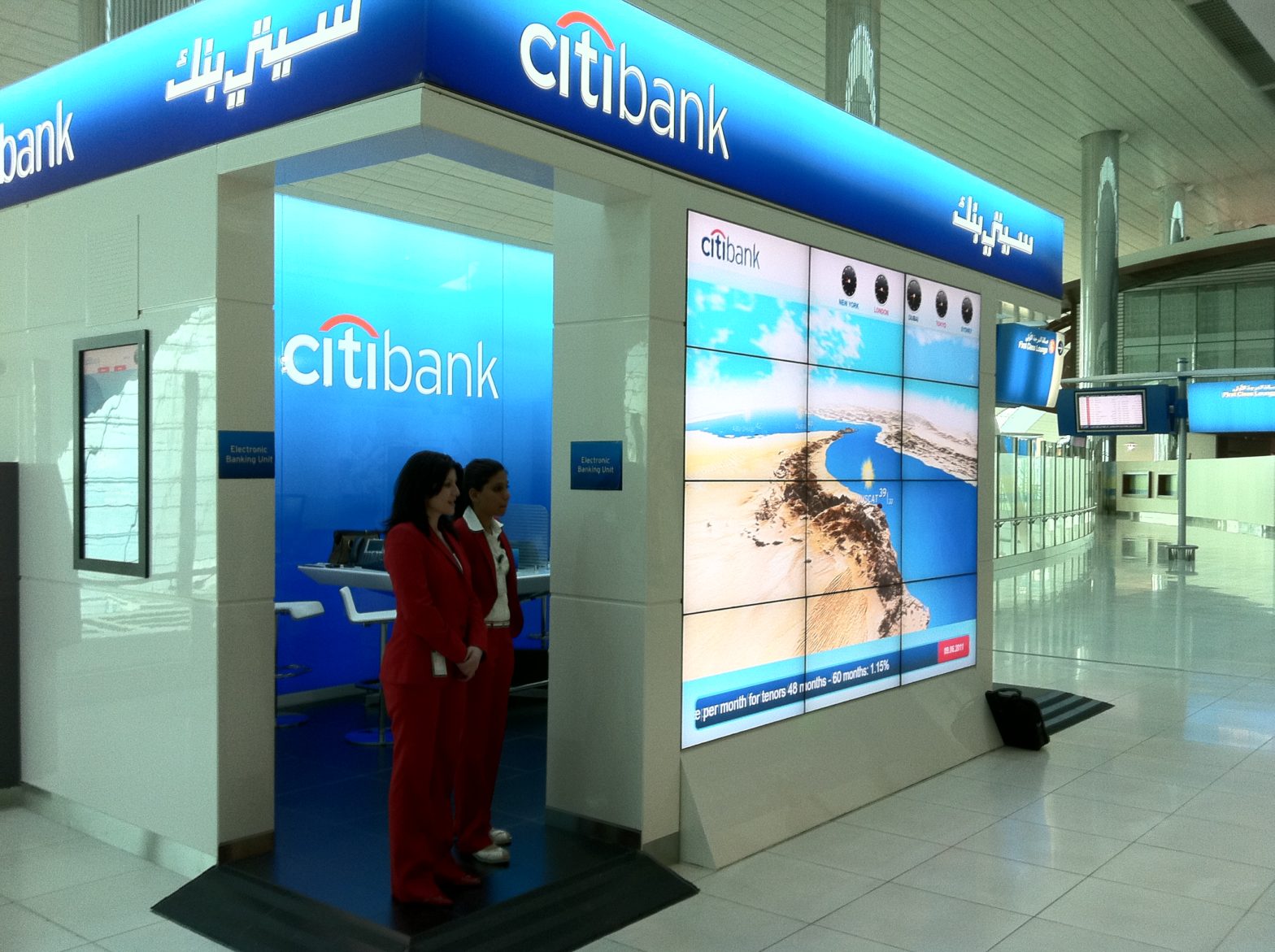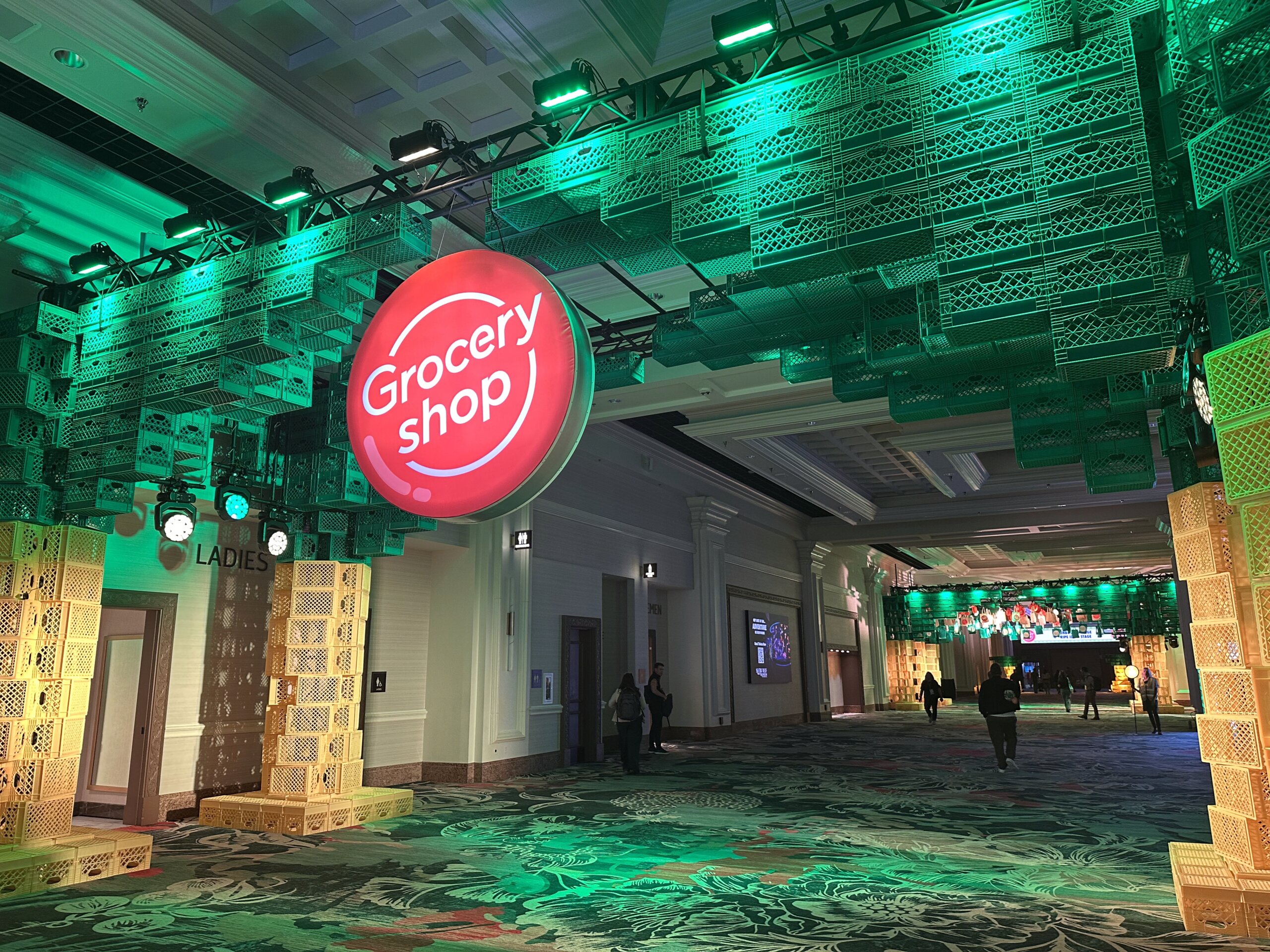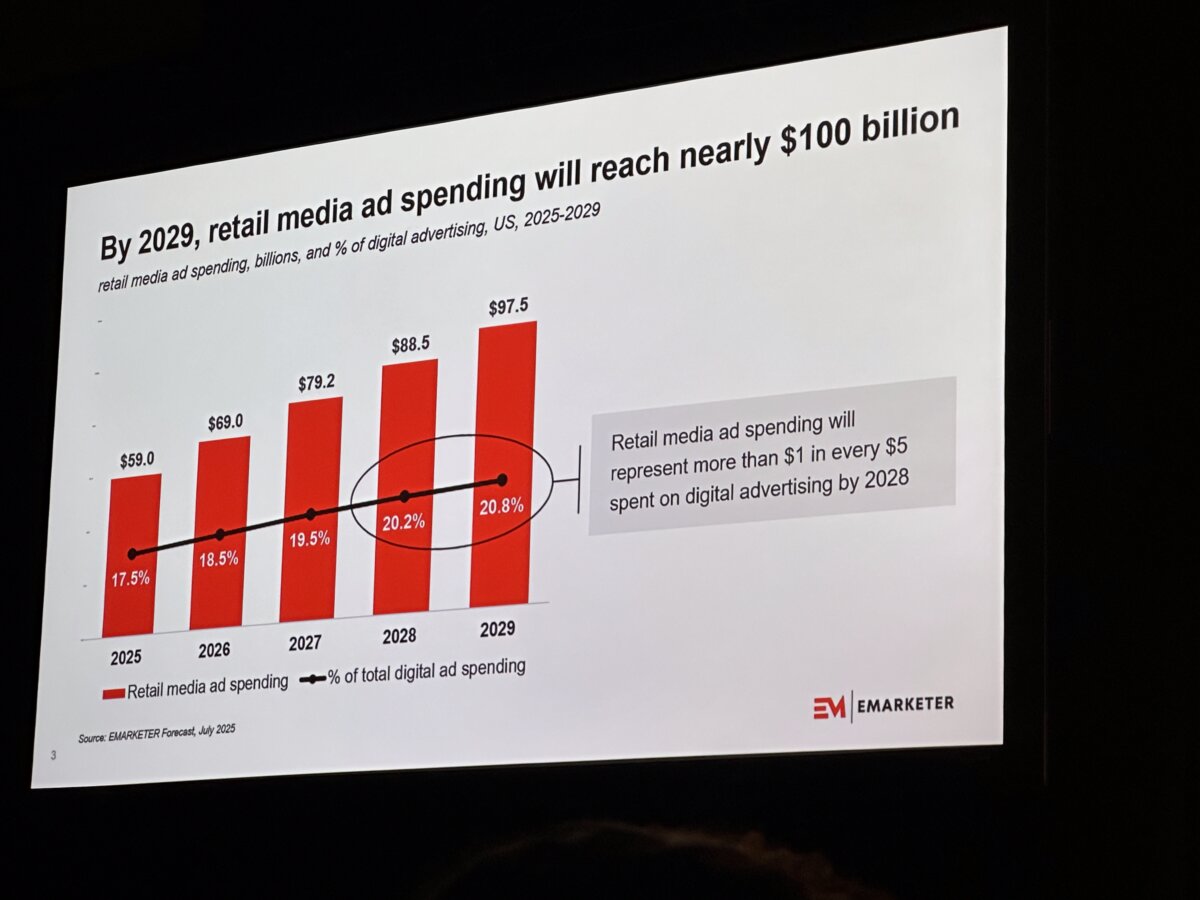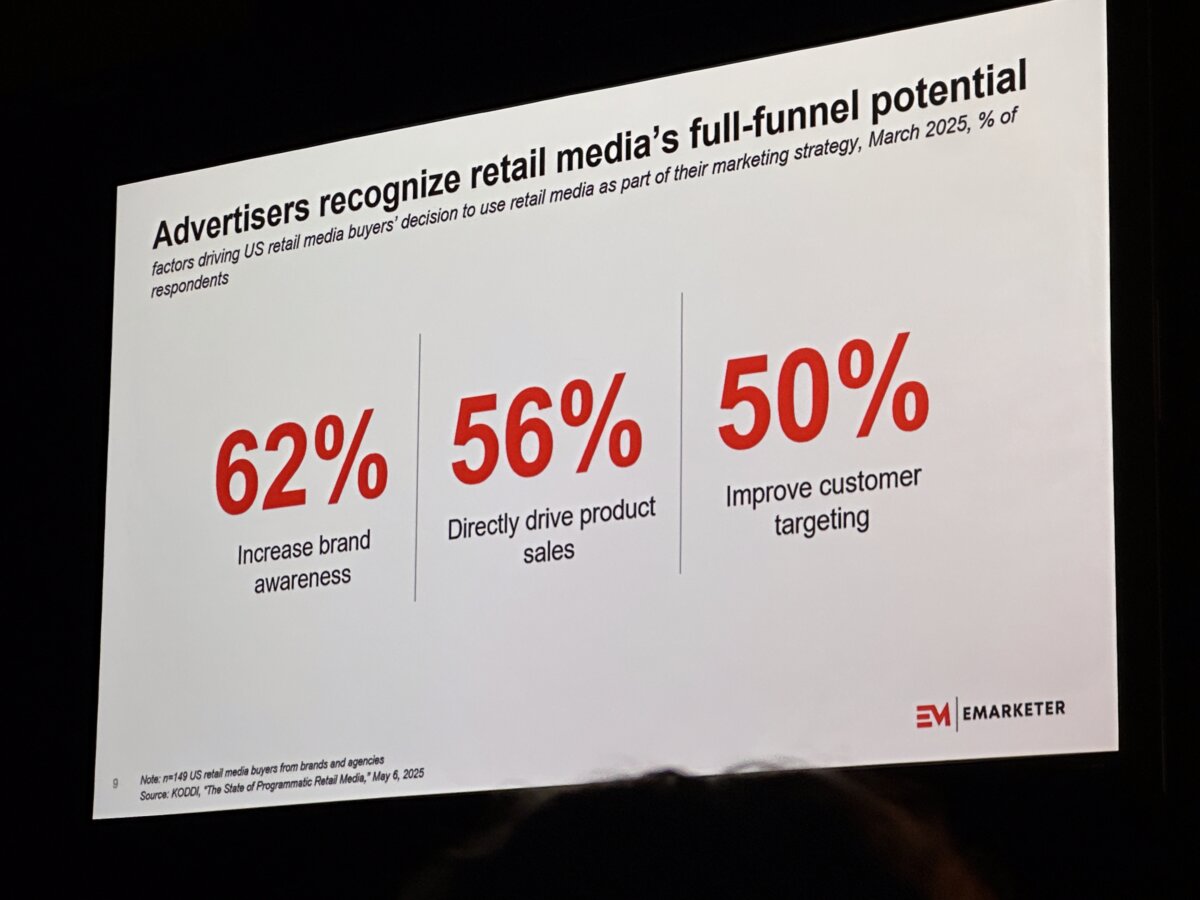| October 11, 2021
Broadsign International, LLC Announces Digital Signage Content Partnership with BlueFox SA
The Broadsign ecosystem expands to include professional digital signage content, accessible and relevant worldwide.
Montreal, QC. June 3, 2014. Broadsign International, LLC, the leading provider of cloud-based digital signage software, has announced a content partnership with BlueFox SA. Headquartered in France, BlueFox provides rights-cleared premium content for digital out-of-home and digital place-based media globally.
“As Broadsign’s digital signage platform continues to mature and serve a growing number of networks, we have an increased responsibility to provide our customers with access to content that is timely, captivating and relevant to spectators’ environments,” said Daniel Parisien, Vice President of Marketing and Strategy at Broadsign. “It was a natural fit to add BlueFox, a company that supplies high quality content worldwide, to the Broadsign ecosystem.”
BlueFox’s strong international presence is bolstered by content offerings in 17 languages and high-profile clients such as JCDecaux, Clear Channel, Citibank, Carrefour, Intermarché, Areva and Orange. “BlueFox is proud to provide professional digital signage content to the augmenting number of networks standardizing on Broadsign’s platform,” said Andrea Le Vot, Chief Executive Officer EMEA at BlueFox. “Our premium content feeds and technology are at the forefront of industry standards thanks to heavy investment in research and development. Like Broadsign, BlueFox raises the bar in terms of innovation that moves our industry forward.”
Broadsign Creator, an easy-to-use Web-based tool, allows Broadsign customers to build content from ready-made templates, enabling small networks or local operators within large networks to create and play back customized digital signage content. As a complement to Broadsign Creator’s rich feature set, the addition of BlueFox will now provide customers with the ability to add automated real-time content feeds, such as news, weather, sport data and traffic.
In line with Broadsign features that encourage advertisers to make use of smart content in digital signage campaigns, BlueFox services can work with those of other specialized platforms for custom and dynamic deliveries. For example, when combined with the automated audience measurement capabilities of fellow Broadsign partner, Quividi, content can be adapted in real-time depending on the audience viewing a screen.
A kiosk featuring Broadsign digital signage software, as well as BlueFox’s smart content and technology, will be on display within Broadsign’s booth at the upcoming FEPE Congress in Vienna, Austria.
About Broadsign
Broadsign International, LLC is the first global provider of cloud-based software for digital signage networks. Its platform was designed exclusively as a management system for media companies operating digital out-of-home and digital place-based media networks, giving them an unlimited capacity for growth without adding personnel. After over a decade in the industry, Broadsign’s latest incarnation, Broadsign X, has become a mature and reliable fit for all digital signage software needs and its Android-based smart player, Broadsign Xpress, has decreased the cost of deploying digital signage compared to PC-based hardware alternatives. Broadsign’s constant growth, extensive network and dedication to predicting and responding to industry trends make its digital signage solutions a safe bet for the future of networks with even the most complex of requirements. For more information about Broadsign, visit https://broadsign.com.
About BlueFox
BlueFox is the leading content provider in digital signage. Exclusively serving DOOH screens, BlueFox has been in the market since 2006, delivering high-value off-the-shelf and customized content solutions for the global DOOH market. Offerings include real-time feeds, video footage and custom content channels. With its new smart signage technology, BlueFox influences customers in a non-obtrusive way, by delivering targeted content to screens in real-time depending on the viewers in the venue. BlueFox is the only DOOH content provider operating worldwide and supplying content in 17 languages, accessible through its fully automated content webshop. The company serves a wide variety of verticals, markets and target groups with eye-catching and relevant content that is easily integrated into digital signage systems. For more information about BlueFox, visit www.bluefoxcontent.com.



